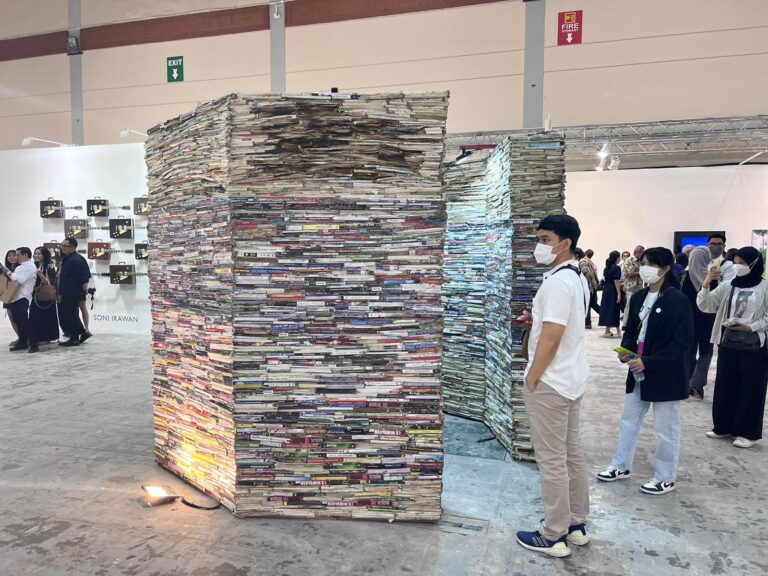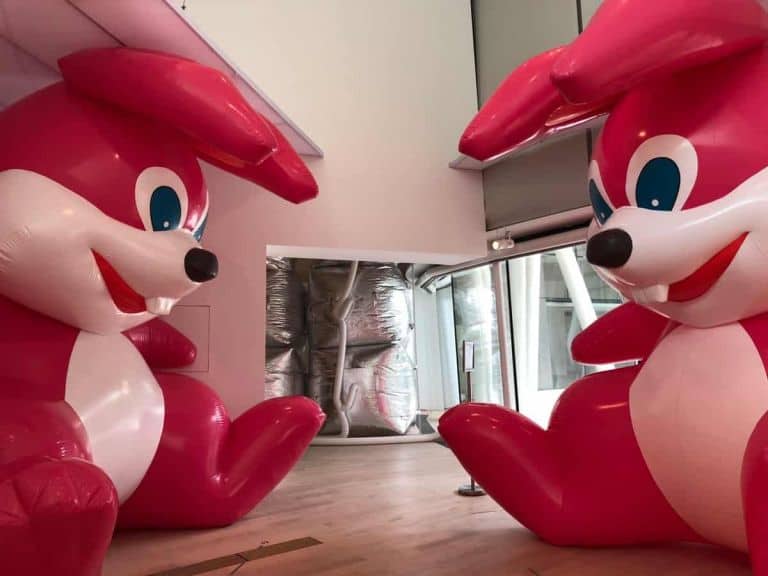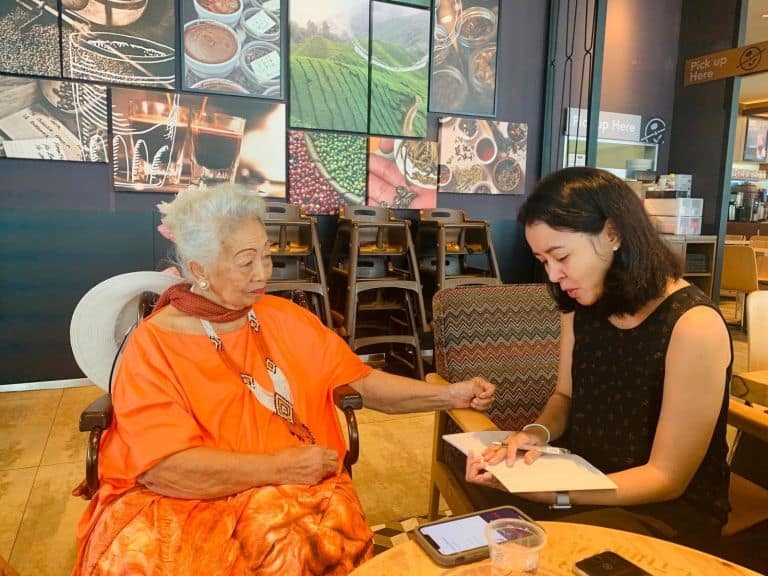Little India has been in the news in recent years for all the wrong reasons – riots, misguided attempts at gentrification, the erection of fences a la Donald Trump’s wall — it’s not exactly been a bed of roses for Singapore’s Indian enclave.
The National Heritage Board (NHB) has however, been hard at work in presenting Little India to the rest of Singapore — and the world– in all its authentic, unvarnished glory. We were mighty pleased therefore to have been invited earlier this month to a preview of The Little India Heritage Trail. It’s especially relevant if your knowledge about Indian culture is limited to (admittedly, awesome) videos like this one:
The Little India Heritage Trail is NHB’s 16th heritage trail, featuring over 40 heritage sites with 18 heritage markers across 4 km, detailing the history of the precinct which dates back to the 1800s. Aside from the staple heritage trail offerings of heritage markers, a trail brochure, and maps, all of which illustrate the history and heritage of selected sites, the Little India Heritage Trail goes the extra mile with specially curated thematic routes to cater to time-starved trail- goers. The thematic routes cover places of worship, communities and settlements and of course, shopping – you can pick which one appeals the most, or do all of them.
What’s really cool about this latest offering is the use of Bluetooth beacons installed on the heritage markers along the trail. Simply put, beacons at each trail marker will emit a Bluetooth signal which can be conveniently picked up by your mobile devices (such as your phone), as long as you take the necessary steps to enable the function.
As you get closer to a marker, automatic notifications are sent to your device, providing information about the heritage site. For the Luddites out there (myself included) – information basically appears magically on your phone, as you near a particular landmark. Super cool stuff.

We had a lovely morning with NHB guides — although it’s intended that the tour will eventually be a self- guided experience– with Bluetooth beacons leading the way.
History buffs will certainly enjoy the various heritage sites, but we were particularly excited about the art.
Here’s a beautiful series of murals by Tekka Market, along Buffalo Road, entitled Cricket and Classical. In conjunction with Singapore’s 50th anniversary of independence in 2015, the Australian High Commission had engaged street artists from Singapore and Australia to paint 50 murals all over Singapore. This Indian dancer was produced by local street art activist TraseOne .

The commodification of nostalgia is a funny thing isn’t it? As a child I can recall kicking and screaming in response to parental exhortations to learn Bharatanatyam dancing, much preferring the ballet classes conjured up in Sadler’s Well’s books. 3 decades later I’m starting to discover the beauty of my own culture and I’m slightly ashamed that it’s taken Instagram –worthy hipster value (hipsterification?) to ignite such interest!
Nonetheless, one woman’s insta-embarrassment is another’s entertainment:


This beauty off Belilios Lane, was created by Psyfool:
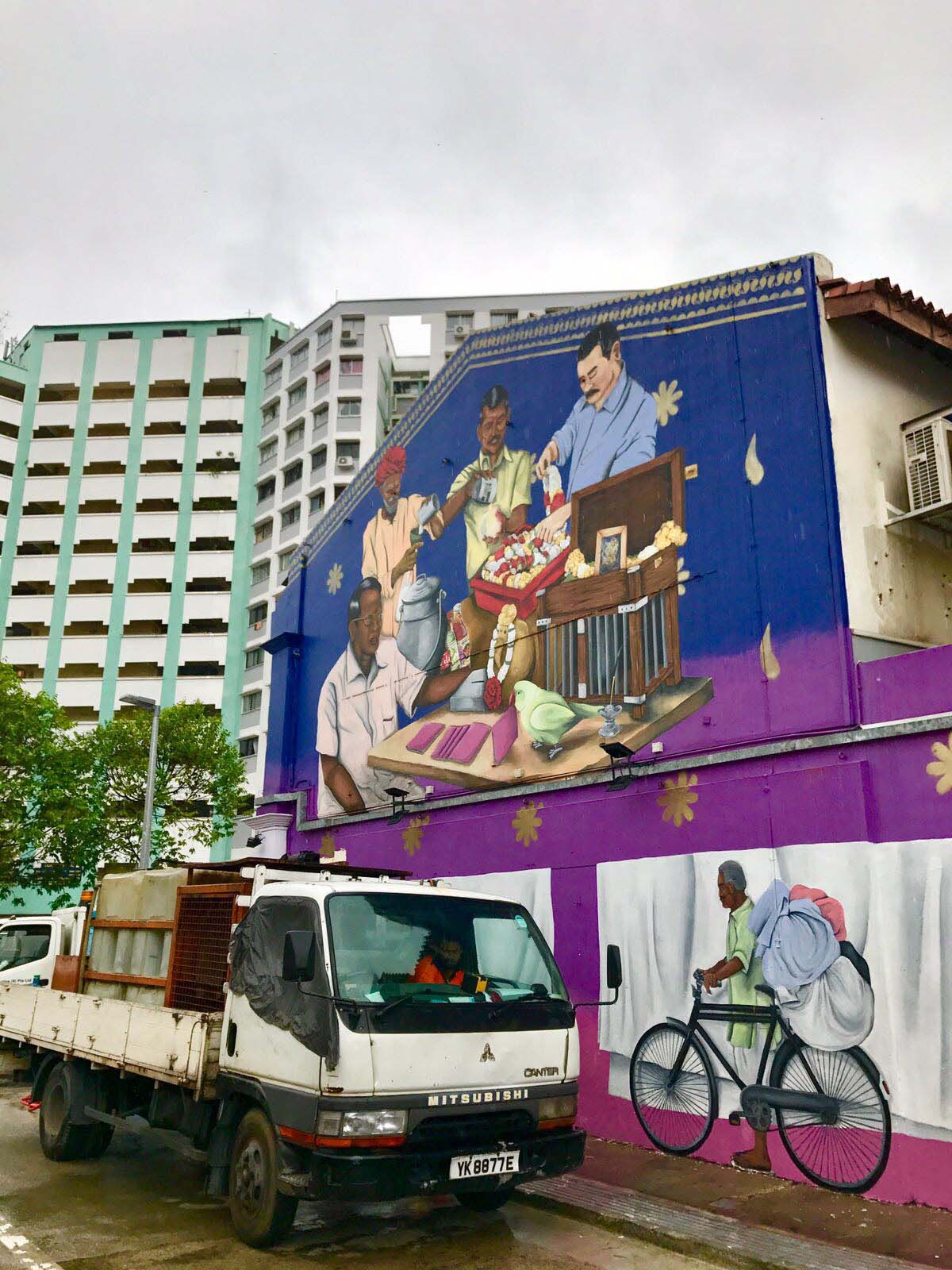
Snake charming was also a traditional trade in the streets of 20th century Serangoon Road, as evidenced by this painting:

It certainly speaks to wider Southeast Asian customs as well. Consider for example, this classic work by Indonesian painter Hendra Gunawan, produced in the same year as Chua Mia Tee’s, depicting a similar scene of the use of snakes for streetside entertainment:
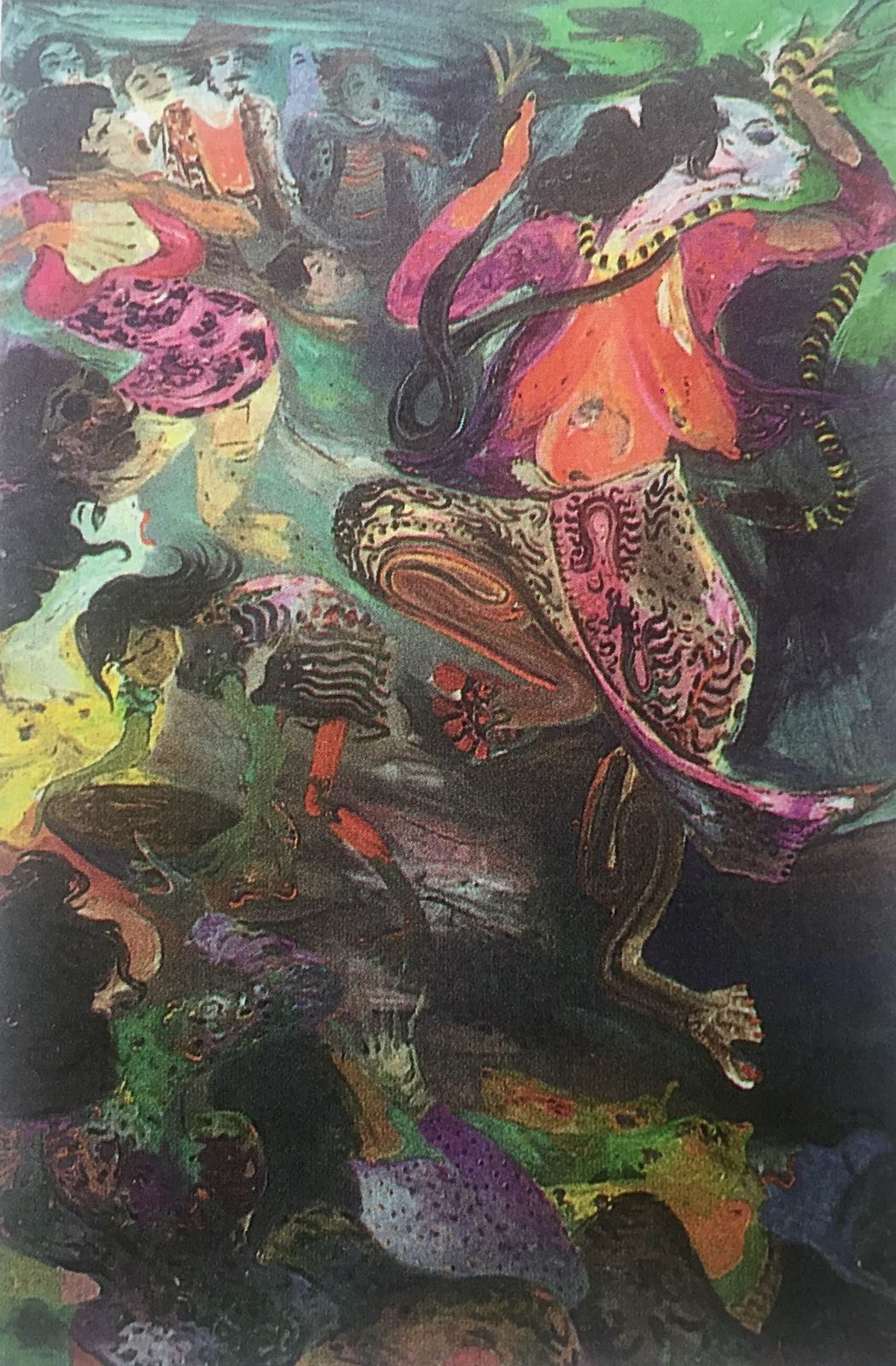
“Communities” are visceral things. They transcend physical geographies and always refer back to personal relationships organically forged within a space. They cannot be planned or forced into existence, but only intended. In examining the history of Little India, a deeply-rooted sense of community emerges.
The NHB publication on Little India states that Serangoon Road proper was laid by convicts who had been sent to Singapore by the British for their labour. They were held in a prison in Bras Basah Road and the “presence of a large number of Indian convicts at the prison, inclusive of those who had settled outside its walls and those who provided supporting trades, formed the genesis of an Indian district.” We see therefore that the creation of an enclave in Little India was quite different from that of other ethnic districts in Singapore, such as Chinatown or Kampong Glam. The latter districts had been deliberately set aside for the Chinese and Malays in the Raffles Town Plan of 1823.
Scratching a little deeper under the surface, we see that the art of Little India has sometimes taken a darker turn.
S Chandrasekaran’s Unwalked Boundaries for example, at the recently concluded Singapore Biennale, presents scathing criticism of the hidden histories of Indian immigrants in Singapore. The installation in the exhibition featured relics and instruments that would have been used in a performance by the artist — Chandrasekaran had intended to wear a metallic headband bearing his NRIC number, a set of 6 hooks (attached to his body) and a number of ceramic boards etched with a route map, in his walk – performance within the Brash Basah – Bugis area. In so doing, his bloody performance would have seen him walk past various heritage sites built by Indian convict labour. These sites such as Raffles Hotel, the present National Gallery Singapore (and former Supreme Court) and the former Raffles Institution, bear the names and official imprint of our colonial masters, but little trace is left of the nameless and faceless labourers who literally built these structures with their sweat and blood.
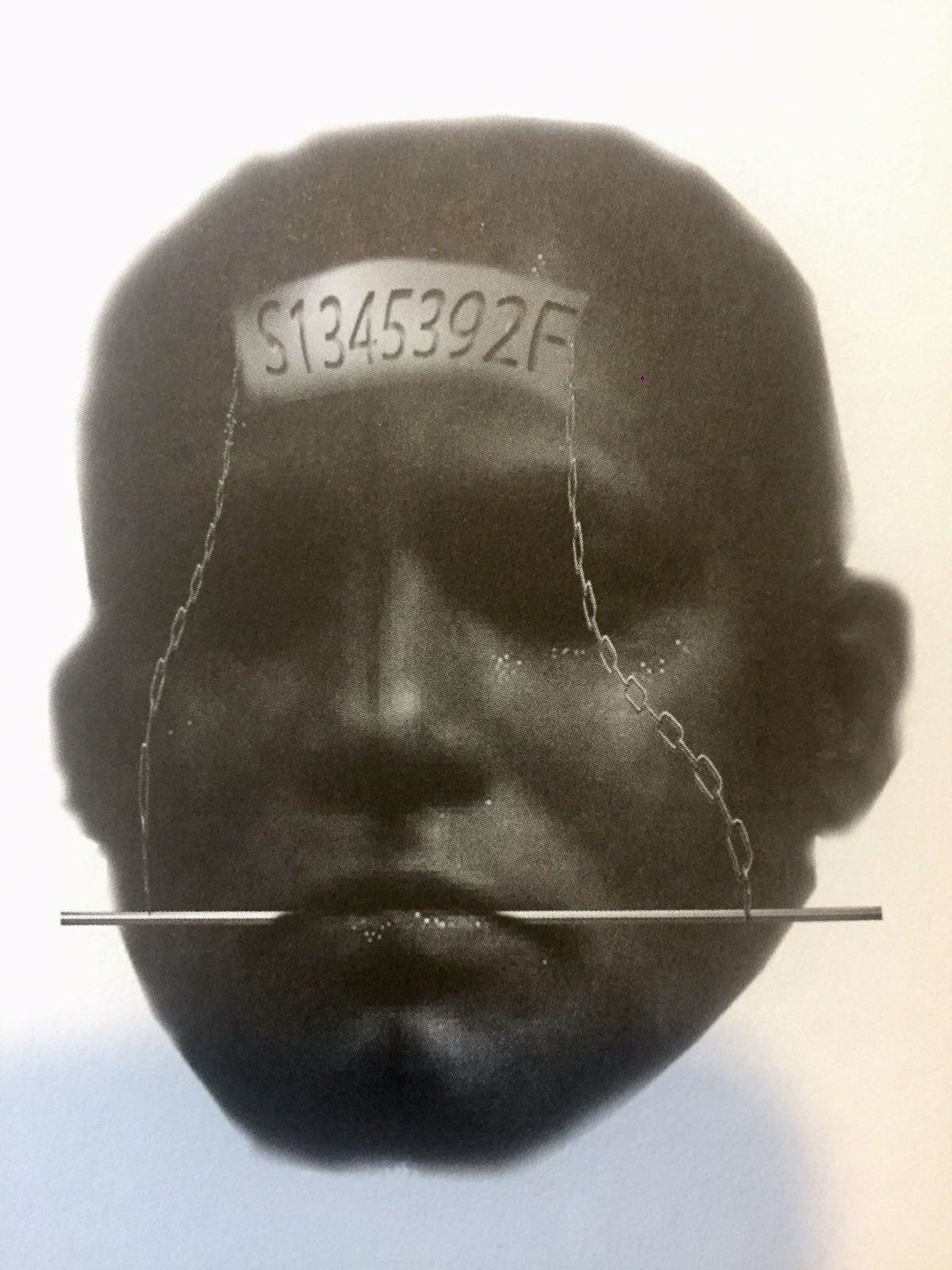
That Chandrasekaran was himself prevented from performing the piece on account of possibly offending Hindus in Singapore, presents an interesting conundrum (complete with a blood oath ) – did it matter at all that the artist was himself Indian? Or even Hindu? Was Chandrasekaran perhaps prevented from drawing on his own religious heritage as a tool with which to express his artistic views about the histories of his own community? Or should our laws on offending religious sensibilities be applied uniformly, even if the so-called offender originates from such “offended” community, and even if his endeavours are in the pursuit of art?
More questions arise when we think about the treatment of Indian convicts all those years ago: are there perhaps echoes and parallels with Singapore’s present situation — what of our migrant workers who are shipped in from South Asia; and who are often subject to appalling treatment and discriminatory behaviour? Are they as much part of the Little India community now, as our Indian convict forefathers were, generations ago?
Our tour came to an end with a kick-ass lunch at Apollo Banana Leaf :
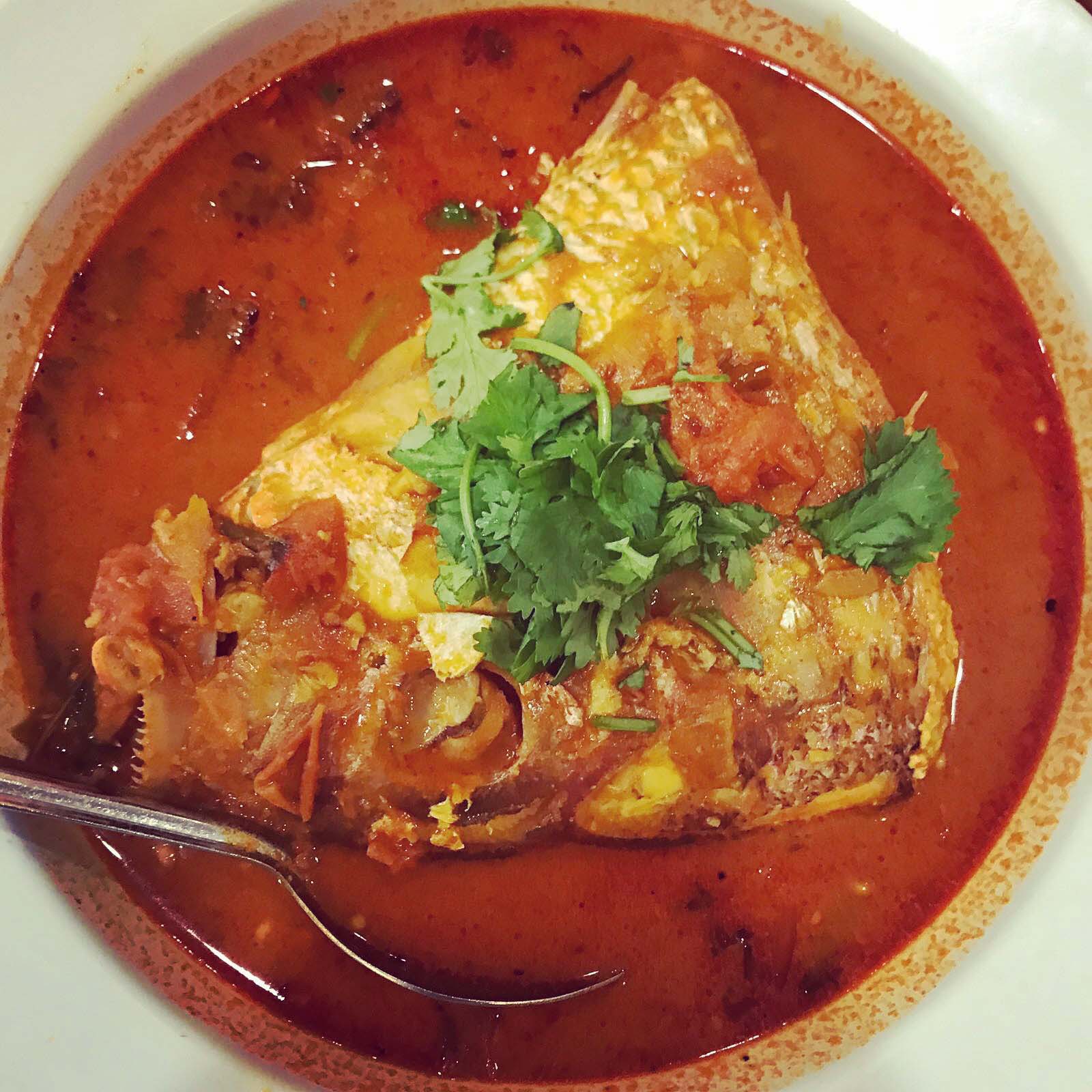
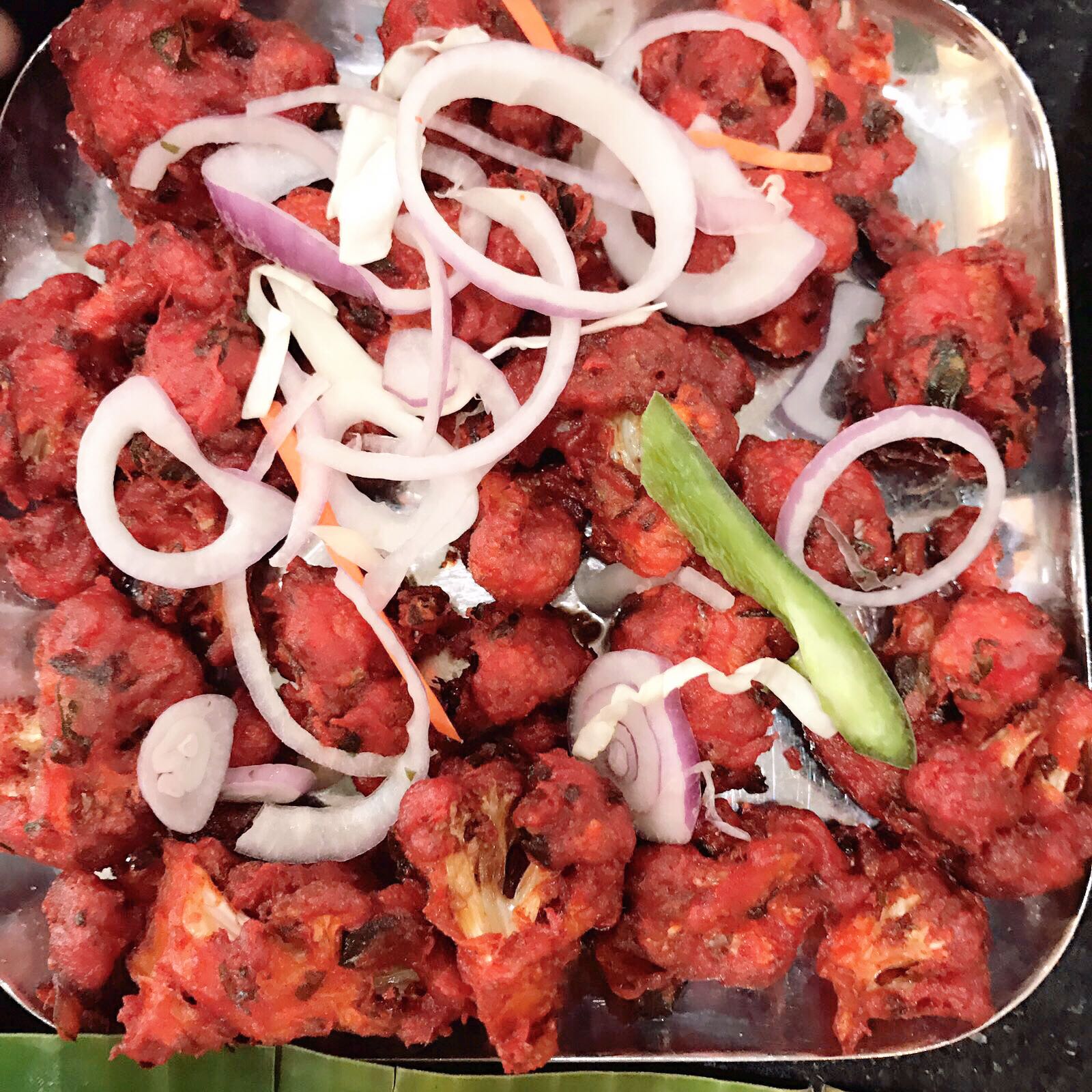
Food for thought, food for the stomach — what more can anyone ask for, eh?
You can find out more about the Little India Heritage Trail here, and do keep your eyes peeled for the launch of the Bluetooth facility.







